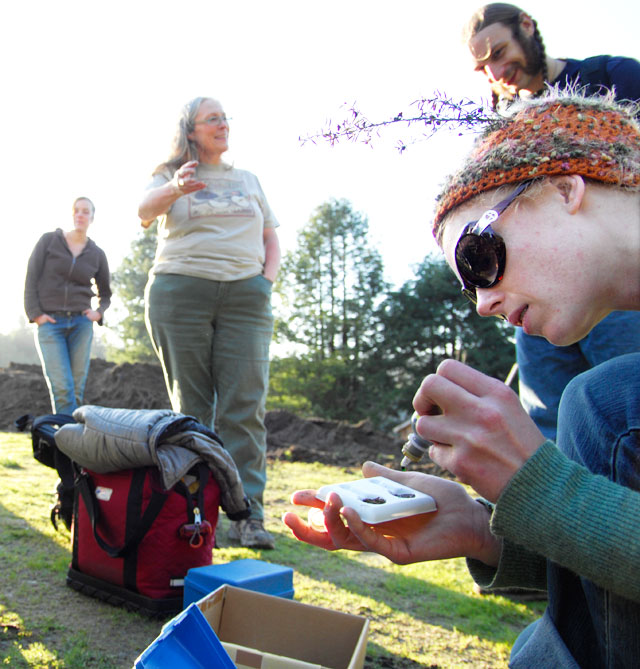
The project, “Repositioning Rangeland Education for a Changing World,” is a collaborative effort among seven universities across the nation, representing the Range Science Education Council, that will share in the total Higher Education Challenge grant of nearly $500,000.
The overall goal of the project is to push rangeland education into the future, says Susan Marshall, professor of Forestry and Wildland Resources at Humboldt State. HSU’s portion of the project will focus on recruitment and course assessment.
“Rangeland” describes wide-open spaces, including meadows, prairies, deserts and tundra. Students who study the range sciences learn how to manage and conserve these important ecosystems and the services they offer.
“Range is relevant,” says Lisa Perry, recruiter for the College of Natural Resources at HSU. She will work with Marshall and her team to develop new recruitment tools and strategies. Her primary focus is to help students with a love of wide-open spaces realize they can make a fulfilling career out of it.
Federal agencies that work with rangeland, such as the U.S. Forest Service, predict that half of their workforce will retire in the next 5-10 years, creating an immense demand for Range graduates, Perry says. However, the project hopes to not only graduate Range students, but to give them a cutting edge education.
“Our students get jobs,” Marshall says. “They’re in high demand and they have the skills, but we want to be even more progressive.” For Marshall, that means adopting technological advances to complement traditional teaching methods.
For example, a combination of high definition digital photo mosaics and geospatial capabilities can give students in Arcata the ability to explore rangelands in South Dakota or New Mexico at multiple levels. They can get a landscape view of the range, or choose to look closely at the structure of a single stalk of grass. These teaching units, called Ecosystem Exploration Reusable Learning Objects, will be developed by the participating universities and posted at a web-based sharing site.
During the course of her work, Marshall hopes to introduce these and other new technologies to the classroom and evaluate their effectiveness by means of learning outcomes assessment. But the primary focus is to train highly competent rangeland professionals, she says.
“Technology can do amazing things. With satellite data, you can get a really good idea of the effects of drought, for example,” Marshall says. “But it’s also essential to have people on the ground, who know what they’re doing and what they’re talking about. Professional judgment based on experience is invaluable.”
In addition to revitalizing range education throughout the nation, Marshall and Perry see the project as a way to strengthen the Range Resource and Wildland Soils program at Humboldt State. “We intend to increase enrollment by 40 percent over the next five years with this boost from the USDA and collaboration with our sister institutions,” says Marshall.
“Humboldt State has the only undergraduate Range degree program in the state,” says Perry. “That’s why this is so critical.”
For more information about Rangeland Sciences at HSU, visit the department’s homepage.